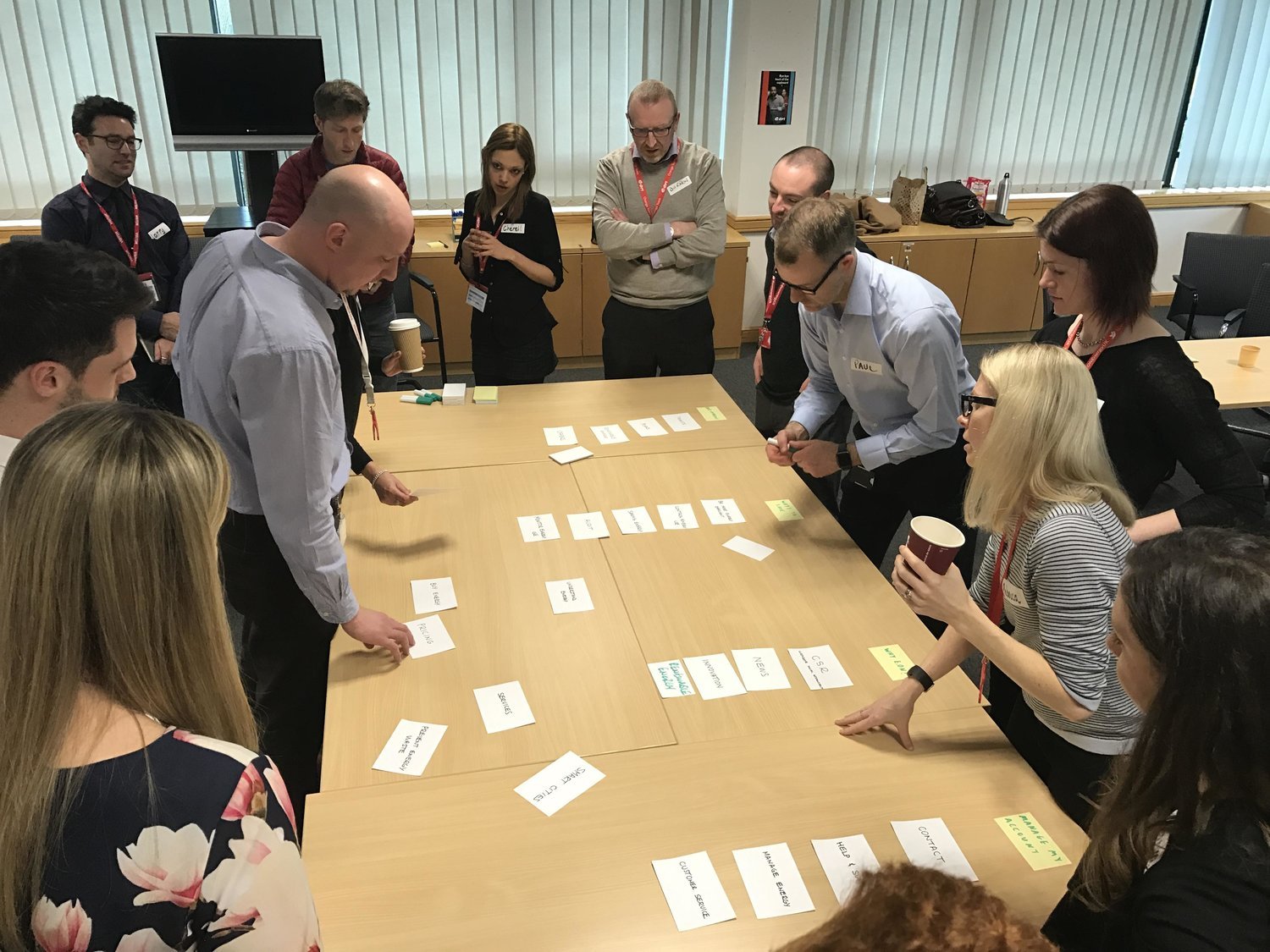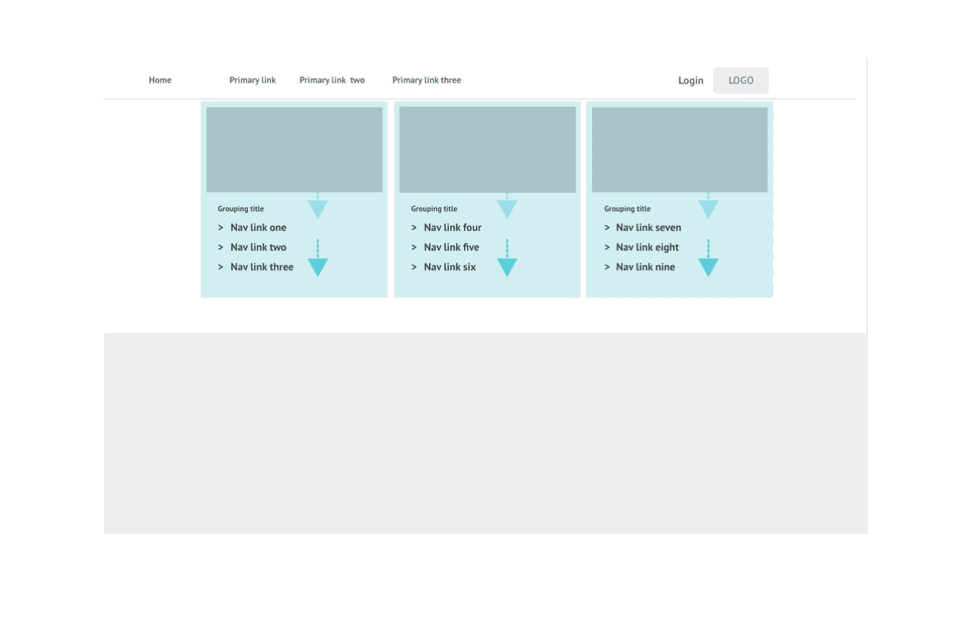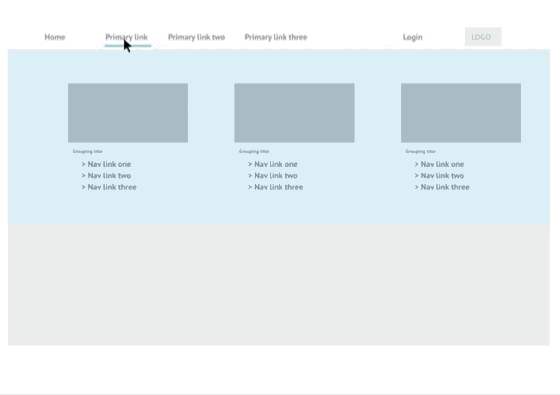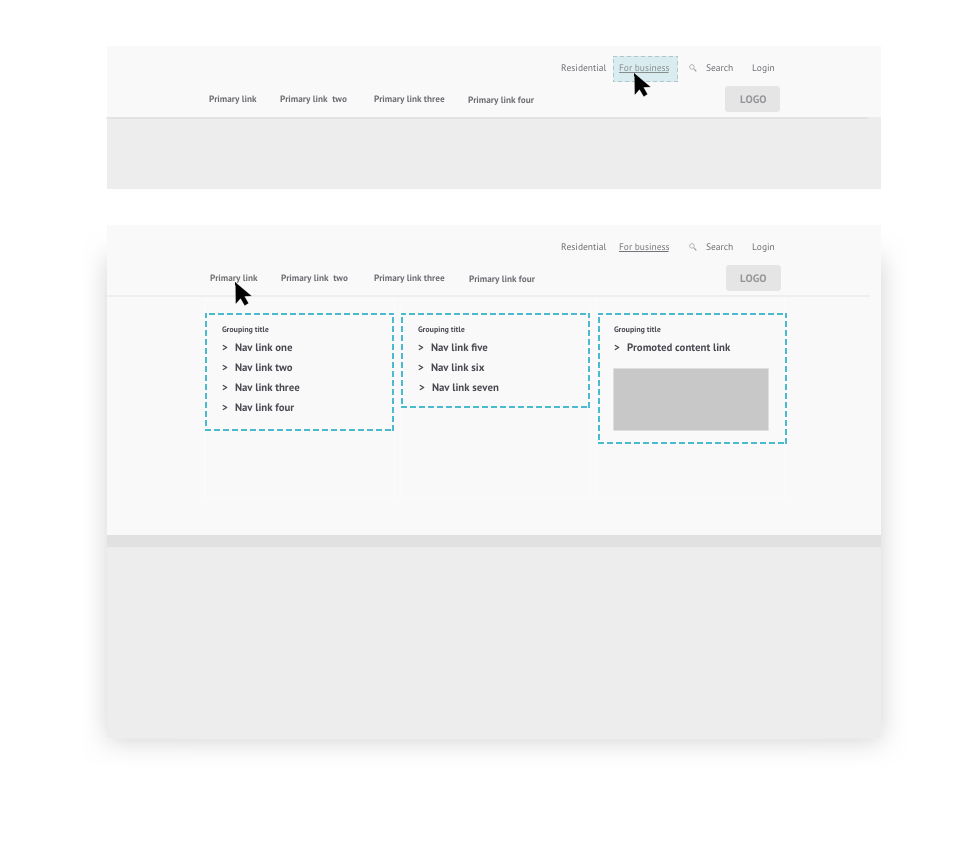
E.ON Your Energy Solutions Business Partner
Role: Lead UX
Time Frame: 2 months
Business Strategy, Digital Transformation, IA
The energy industry is tough, businesses thrive to be as transparent as honest as possible and margins are harsh.
B2B has become central to E.ON's commercial success. Focus has shifted from commodity supply to becoming a Business Solutions Partner and offer an array of products and services that can help customers become more energy efficient.
Context
🗒️ The current B2B website is reflective of internal segmentations, SME and Corp, Commodity and Solutions. There is a want for a more holistic approach and to be more reflective of the company vision of being a Business Partner, not only a energy suppler.
Raised awareness and how users self identify needs to be emulated in the new IA and digital landscape.
Challenge
⚡️ Design information architecture for the new B2B website in support of Business’ transformation from commodities supplier to energy solutions provider
Existing navigation
Discovery
In the Discovery phase of the project- we identified all data and information E.ON had to date within the B2B service- internal processes, technical requirements, constraints, existing customer data, offering and more.
Based on this information I mapped out end to end journeys and highlighted gap, pain points and opportunities that needed investigating further. Further research needed included stakeholder interviews, customer and market research, competitor analysis and Google Analytics.
Impact mapping
After investigating our business offering against the users that are likely to want/need/be eligible for some of the 'Solutions' proposed it became clear there was a huge trade off between volume and Value. This became a crucial consideration at every step of the design process.
Research planning
Once we knew the user types more thoroughly we recruited some participants for a focus group. The B2B world was very varies so I ensured the screener catered for businesses of various sizes and industries.
The focus group was essential for understanding the users real needs and highlighting the current interaction with their business energy supplier and how that could be developed further to make use of the new offering.
User Insights
Priorities variation
Price is number 1 when it comes to most business customers, larger businesses look for CSR and green policies.Time poor
But would make time for a consultation
Customers expect E.ON to be the expert- to suggest useful products and services for their specific needs and to be aware of what their businesses are doing if they are to be a good 'Energy Solutions Partner'Education
Other than gas and electricity, customers expected there to be other offerings from energy companies but as to what that is they were struggling to identify these. E.ON needs to educate the customers to relevant products and services that will be personalised to the users businesses needs. 'Solutions' was too ambiguous.
“I would expect there to be Gas and Electricity information...and I guess other stuff? ”
— Business owner LondonKey Business Insights
We needed to ensure we got a holistic view from the business and their needs from the navigation serving both parties as efficiently as possible. Key themes that came out of speaking to key stakeholders were:
Disjointed service
Through speaking to various areas of the business, we have identified there is a blur between B2B,B2M and B2C. Departments were working in silo’s impacting customer service. Each department also had their own priorities.Decision makers
A strong theme that was communicated by stakeholders was the need to get hold of 'decision makers' in the B2B landscape. Time is costly and the is on average 5/6 people involved in the decision making process.Solutions and simplicity
Stakeholders understand the importance of shifting towards solutions and additional services over pure commodities. They knew education and awareness was vital in the role of creating leads for new and existing customers.


Defining priorities
We conducted a content audit of the existing site highlighting gaps that came out of the discovery phase. We presented these results to stakeholders to ensure we had captured everything needed to be included; communicating the research done of user mental models, key usability principles and constraints to factor in.
I conducted a prioritisation workshop in which Stakeholders would discuss levels of hierarchy. It was also a great exercise in which we were able to have an agreed consensus on the content proposed for testing.


Prototype testing
The current site had just had a rebrand and new solutions had been drip fed into the IA through this. This gave foundations to take additional learnings from. I facilitated usability testings aligning tasks to key user needs identified, these findings helped progress design further decisions
Qualitative and Quantitative feedback
There was both quantitative testing in the form of card sorting and tree testing with Treejack, ensuring thorough screeners were considered for the varied target audiences alongside the qualitative usability testing which gave richer data and more insights on UI.
Design development
When building on the fidelity of the prototype there were brand guidelines that we adhered too as well as making use of our pattern libraries. These also needed to be tested as it was a new rebranding with differing responsive behaviours.


Design recommendations
Post testing we relayed analysis back to the client. There were clear associations with the 3 column approach for the web layout. This lead to the introduction of sub categories and titles for the UI, as users would clearly be making these associations and therefore the constraint for the IA to accommodate these 3 groupings. I also came up with a alternative where the client could break free of three relative hero images and categories putting more emphasis on one promo image allowing for more flexibility in the design.
The Results
The new IA was implemented reducing E.ONS content by nearly 70% (of which a large majority of pages had had very little to no views). Our work enabled the rebranding to launch with success and a much more streamlined IA allowing the business much more governance over its content.
It was very clear a more holistic business shift had to be replicated with E.ONs internal structure and a thorough Service Design project was recommended for next phases to truly integrate the new offering the company wanted for it’s business users. This discovery work was a strong starting point and but a strong feedback and iterative approach was needed to ensure this was always relevant and performing optimally for users.








